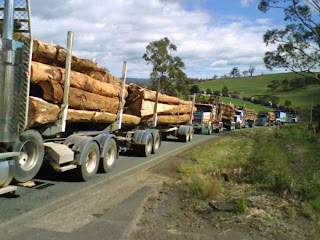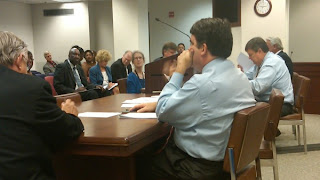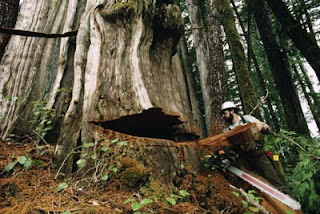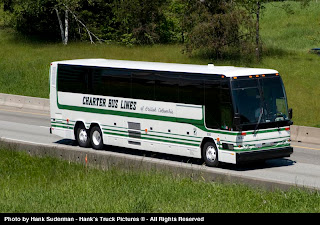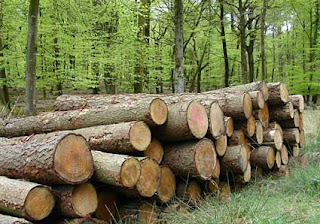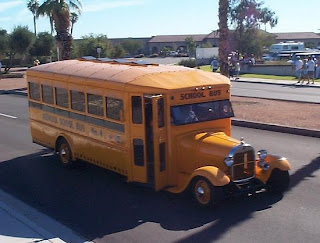
Principal Karen Schade looks a

t the departing third graders, a satisfied smile crossing her face.
"I love being here. It's a wonderful environment," she says.
Schade has been principal of School Lane since 2002. The school has 596 students in kindergarten through eighth grade, and a waiting list of applicants.
"We really get the opportunity to try out new educational theories...We're not here saying we're better than a school district. We're offering a different environment, a different program. Our message is to provide a safe environment for kids to learn - not just physically safe, but emotionally and intellectually as well."
That message becomes apparent in the comments of students and staff alike. This school is working.
"It's not a boring school; it's a fun school," says Sasha Wilkerson of Bensalem, a second-grader.
School Lane is making "adequate yearly progress" for all but one year since the Pennsylvania Systen of School Assessment was initiated about six years ago.
If you had to give a report card to today's charter schools, most would earn good grades. The charter-school movement began in 1997 through a federal initiative to bring more innovation to public education.
Charter schools are schools founded by parents or educators, which receive a charter to operate for a certain number of years. The charters can be renewed. The schools are funded by the school districts in which their students reside, based on a per-student cost formula for educating a child in that district, explains Wendy Ormsby, director of the Souderton Charter School Cooperative.
Read More





